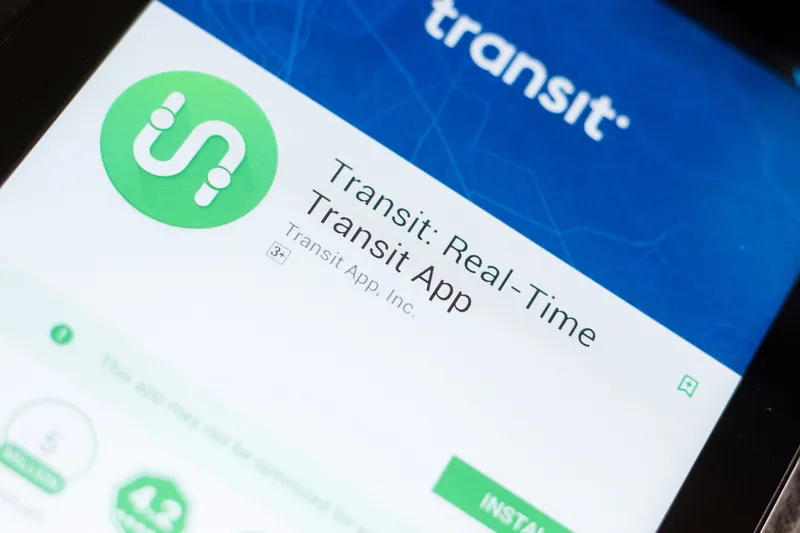RTC South Nevada is hoping that the six-month initiative will encourage workers to use multimodal options for commuting to the logistics and distribution facility in North Las Vegas.
Fanatics was one of the first e-commerce tenants at the NDC in 2016.
As part of the six-month programme, employees will also be able to take a ride to and from 13 RTC South Nevada bus stops located at six transit routes.
These routes include 111 (Pecos/Green Valley Pkwy), 113 (Las Vegas Boulevard North), 115 (Nellis/Stephanie), 203 (Spring Mountain/Desert Inn/Lamb), 219 (Craig) and the Downtown & Veterans Medical Center Express.
RTC South Nevada will pay $1 per trip while Fanatics subsidise the remaining balance.
Tina Quigley, RTC South Nevada general manager, describes the partnership with Lyft and Fanatics as a move toward creating first-mile/last-mile connections that will benefit all parties involved.
Up to 20% of employees at Fanatics are expected to take part in the programme. The trial is also available to other companies located at the NDC.
RTC and Lyft offer cheaper rides for local employees at NDC in Las Vegas
The Regional Transportation Commission of South Nevada (RTC South Nevada) is offering employees at sports company Fanatics who work at the Northgate Distribution Center (NDC) cheaper rides via Lyft.
RTC South Nevada is hoping that the six-month initiative will encourage workers to use multimodal options for commuting to the logistics and distribution facility in North Las Vegas.
Fanatics was one of the first e-commerce tenants at the NDC in 2016.
As part of the six-month programme, employees wi
November 8, 2018
Read time: 2 mins
The Regional Transportation Commission of South Nevada (RTC South Nevada) is offering employees at sports company Fanatics who work at the Northgate Distribution Center (NDC) cheaper rides via 8789 Lyft.








